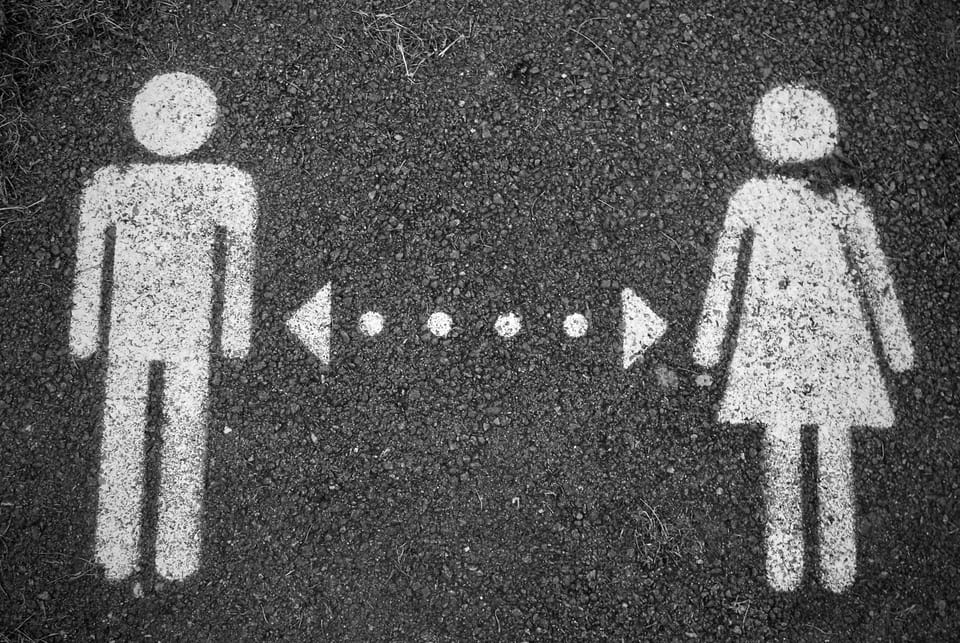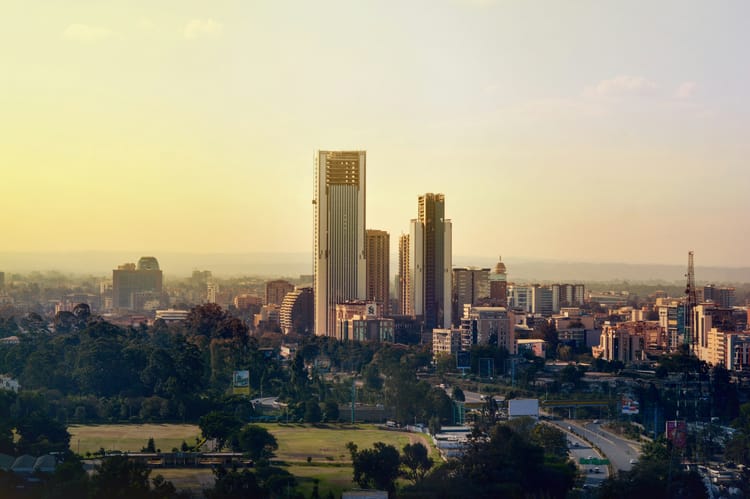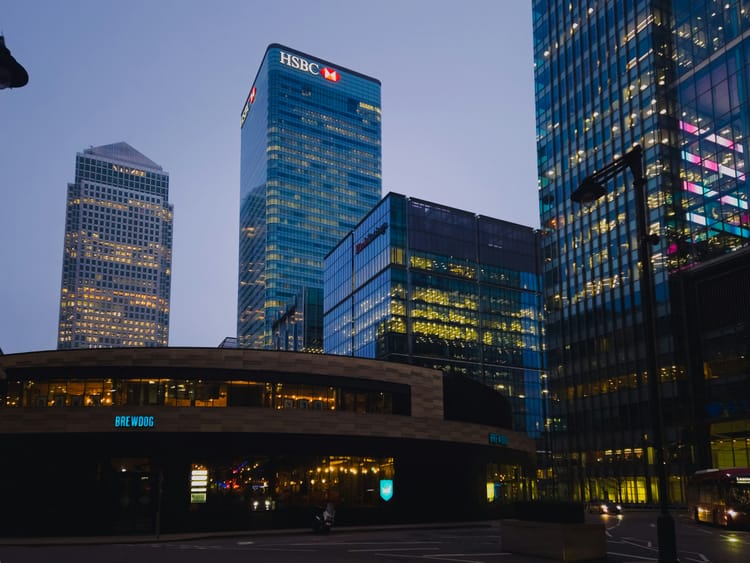Gender gap in leadership ‘should set alarm bells ringing’: WEF

The pace of progress towards gender parity is accelerating again after a pandemic dip, but full parity remains 123 years away, according to new data released by the World Economic Forum (WEF).
Globally, the gender gap has now closed to 68.8% after the strongest year since the COVID-19 pandemic (+0.3 percentage points). But while women increasingly outperform men in higher education, less than 30% reach senior leadership positions – evidence that the world’s glass ceiling remains extremely hard to break.
According to WEF’s Global Gender Gap Report 2025, women’s workforce participation has risen to 41.2% globally in 2024, with notable progress in traditionally male-dominated sectors such as infrastructure. But industry segregation is pervasive and the share of women in top management has only risen from 25.7% to 28.1% since 2015.
“Women's progress in leadership continues to decline. As the global economy transforms, AI accelerates, and countries look to combat stagnating growth, this leadership gap should set alarm bells ringing,” said Sue Duke, Global Head of Public Policy, LinkedIn. “The varied experience and uniquely human skills that women bring to the leadership table are essential to unlocking the full promise of an AI-powered economy, yet are being overlooked at exactly the moment they are needed most."
Political empowerment and economic participation
WEF notes that much of the progress achieved in the last year has come from the political sphere, where the gender gap has narrowed by 9 percentage points since 2006. But in 2025, women still only serve as parliamentary speakers in 61 of the 187 parliamentary chambers tracked – fewer than one-third globally.
At the current pace, it will take 162 years to fully close the gender gap in the political arena.
Meanwhile, economic participation and opportunity has gained 5.6 percentage points, and economic parity is projected to take 135 years.
“At a time of heightened global economic uncertainty and a low growth outlook combined with technological and demographic change, advancing gender parity represents a key force for economic renewal," said Saadia Zahidi, Managing Director, World Economic Forum. "The evidence is clear. Economies that have made decisive progress towards parity are positioning themselves for stronger, more innovative and more resilient economic progress.”
Top-ranking countries and regions
Though no country has achieved full gender parity at this time Iceland has topped the ranking – which covers 148 economies – for the last 16 years, with 92.6% of its gender gap closed in 2025.
It is followed by Finland, Norway, the United Kingdom and New Zealand. All the countries in the top 10 have closed at least 80% of their gender gaps, with European nations representing eight of the top 10 performers.
Yet at a regional level, Northern America has the highest gender parity score (75.8%), with particularly strong performance in economic participation and opportunity (76.1%). The region has also made significant progress in political empowerment since 2006, narrowing its political parity gap by 19.3 percentage points.
The region is followed by Europe (75.1%), Latin America and the Caribbean (74.5%) with the fastest rate of progress, Central Asia (69.8%), Eastern Asia and the Pacific (69.4%), Subsaharan Africa (68%), Southern Asia (64.6%), and the Middle East and North Africa (61.7%).







Member discussion